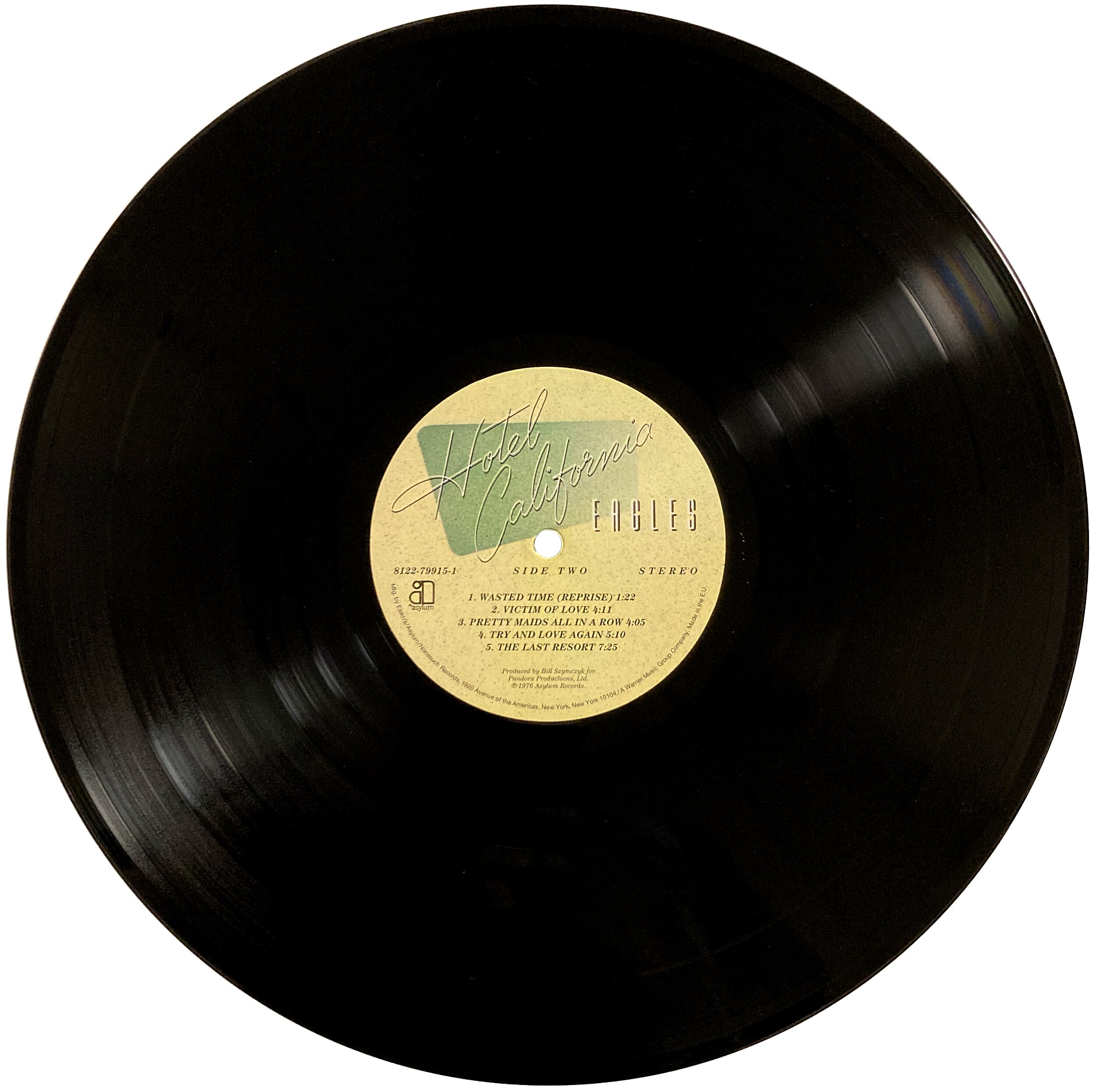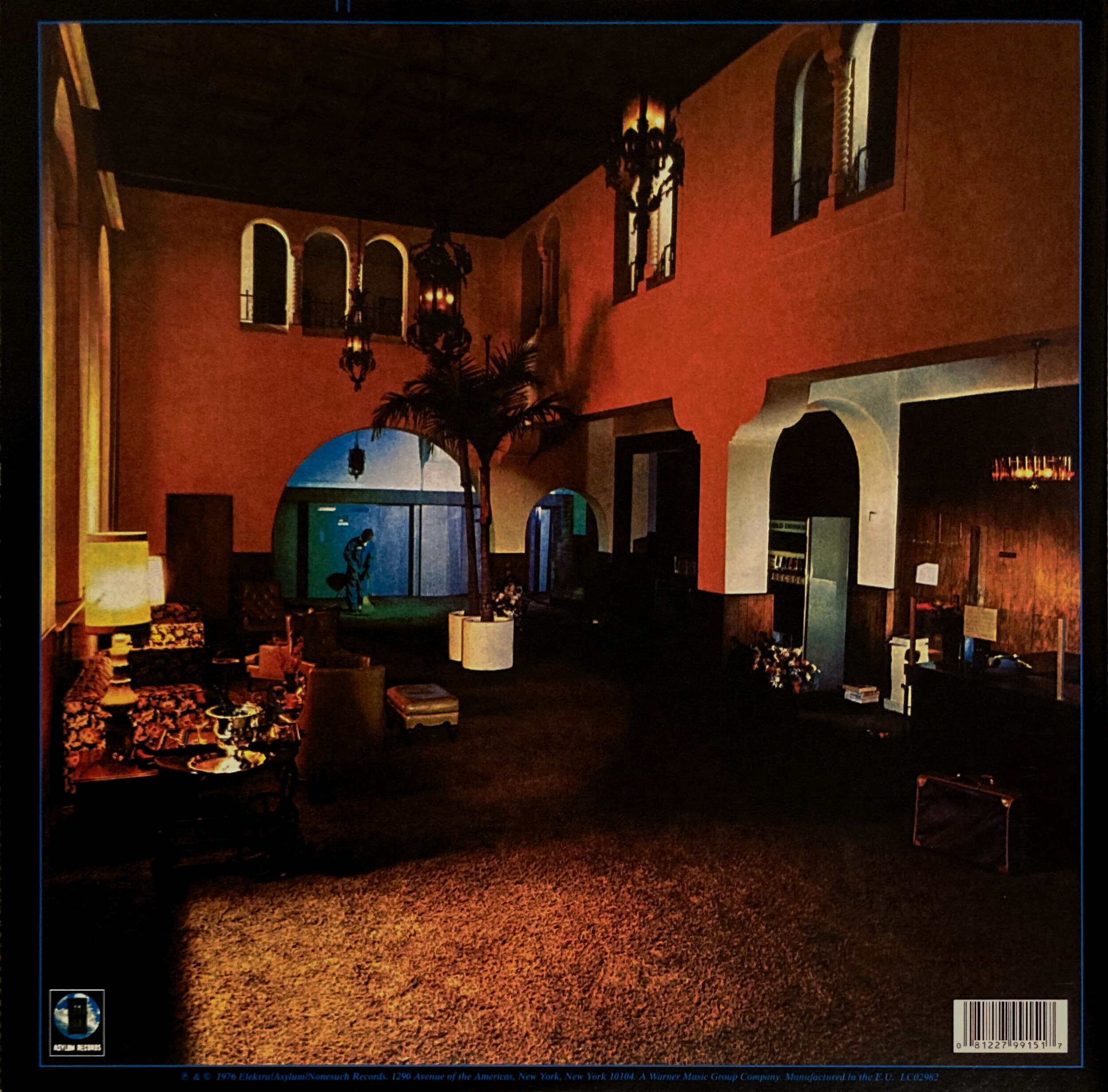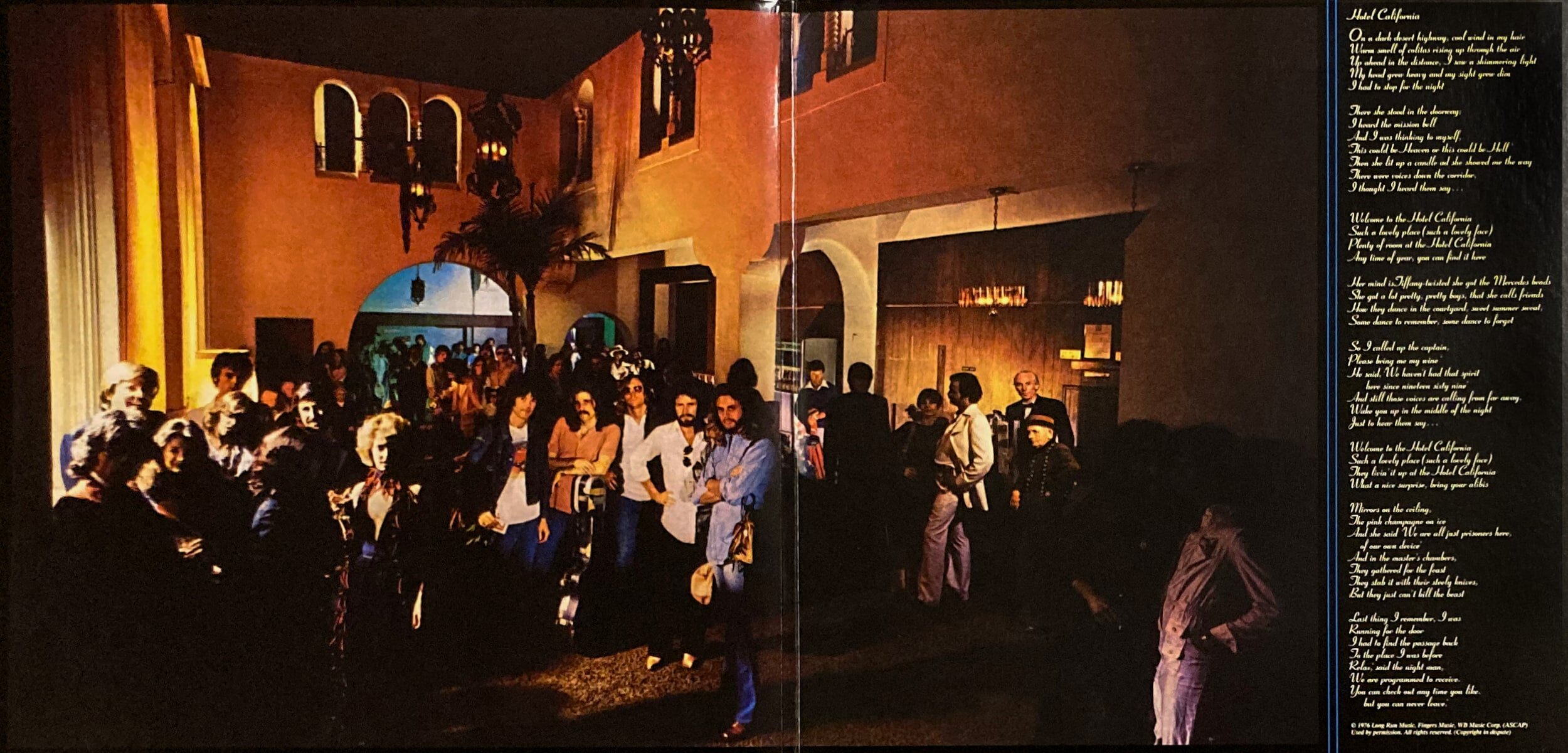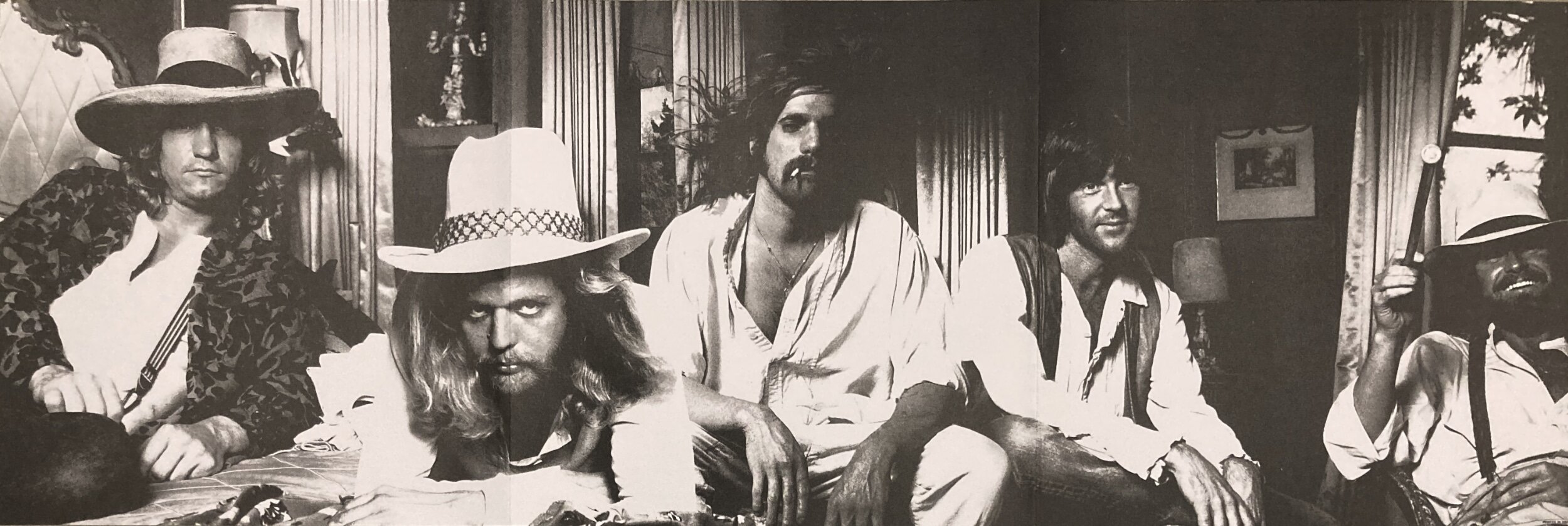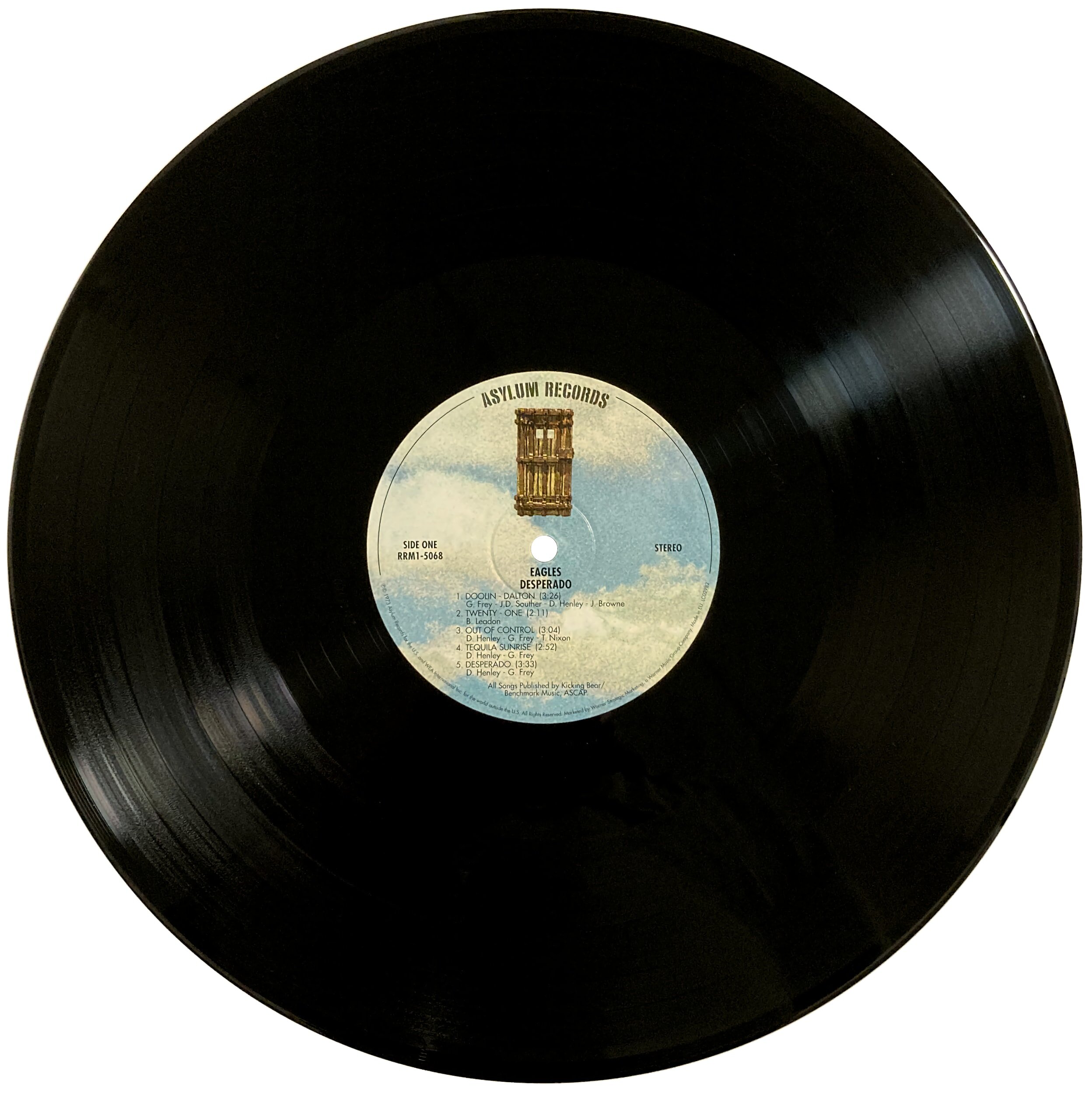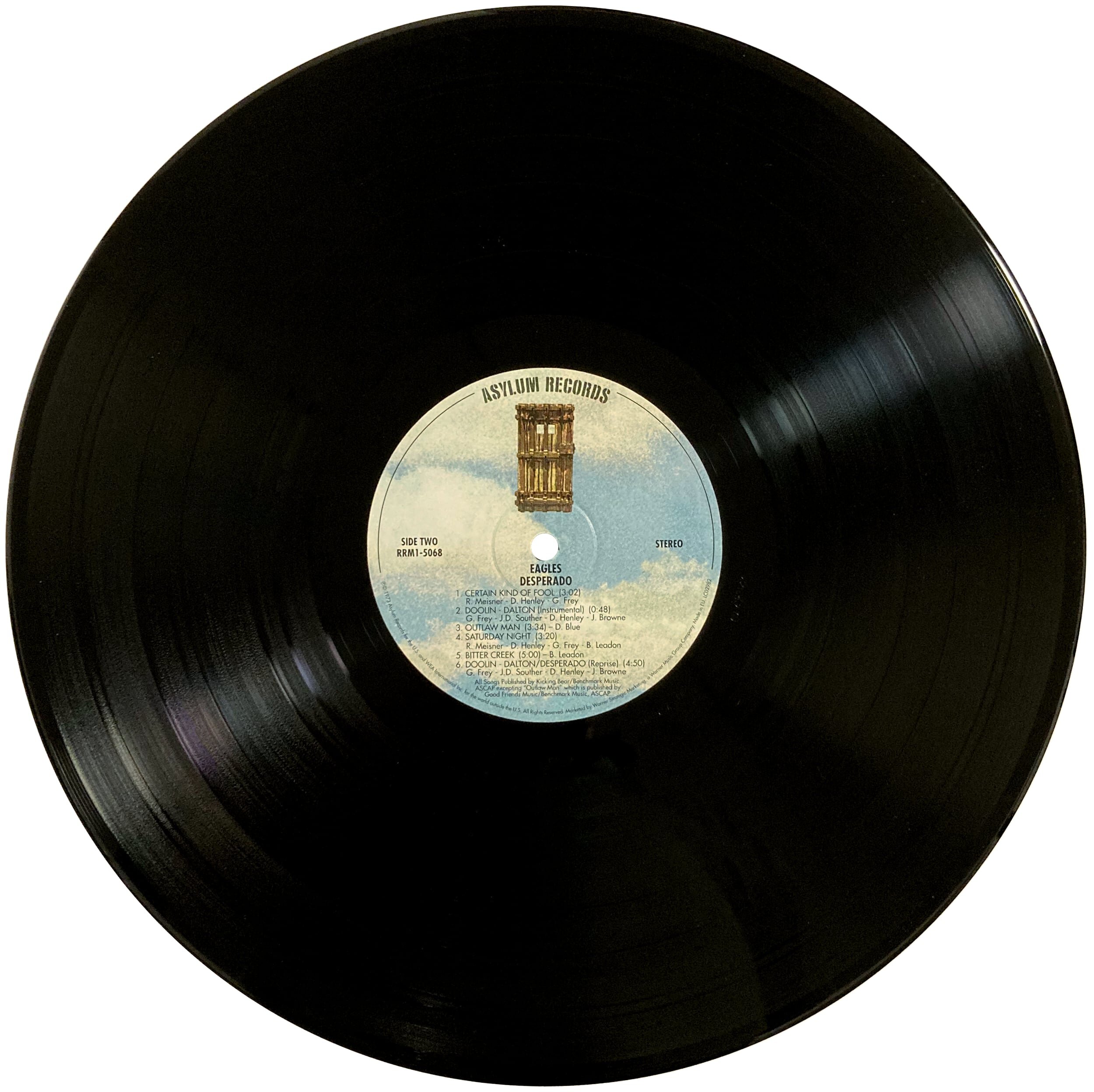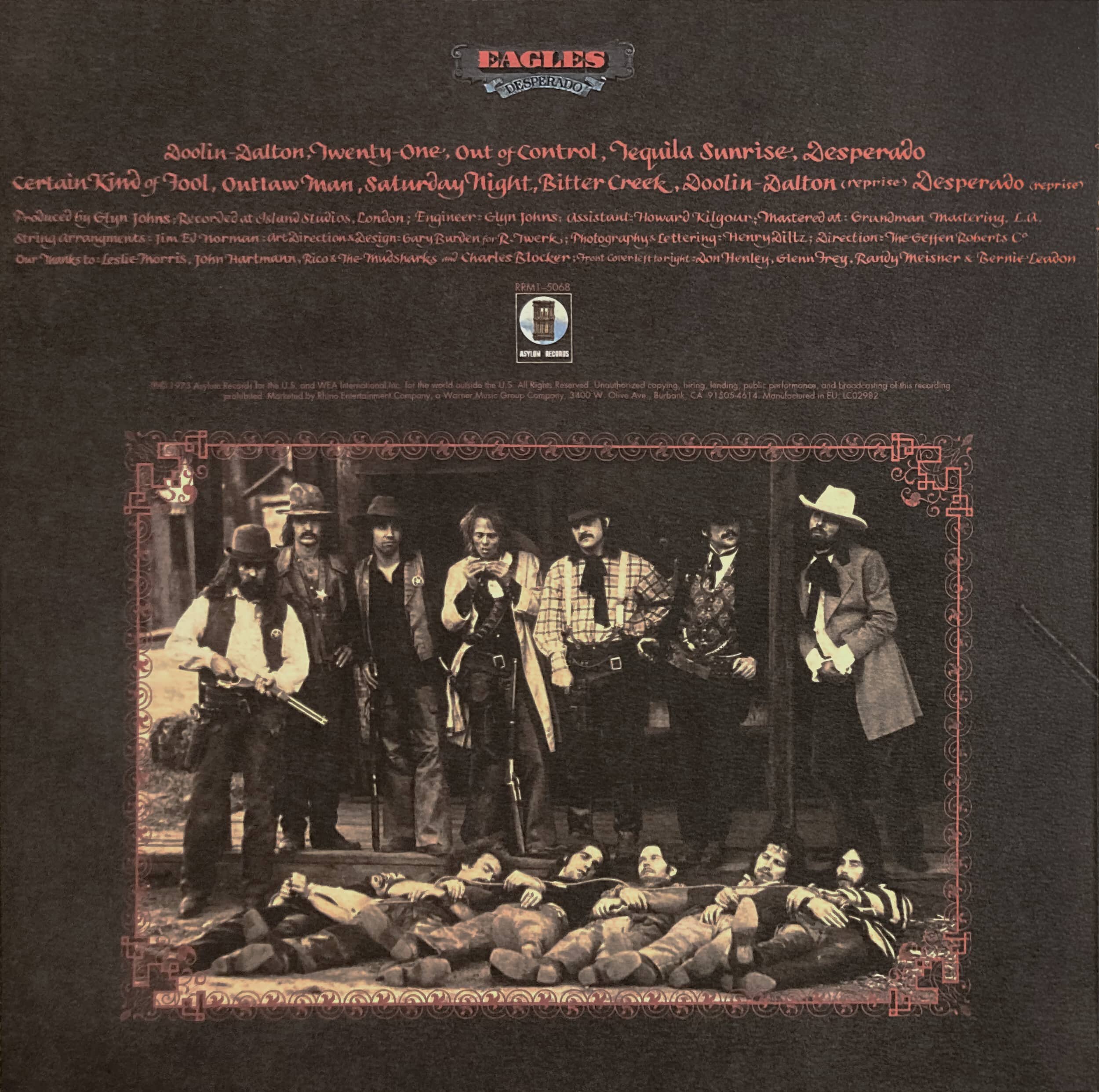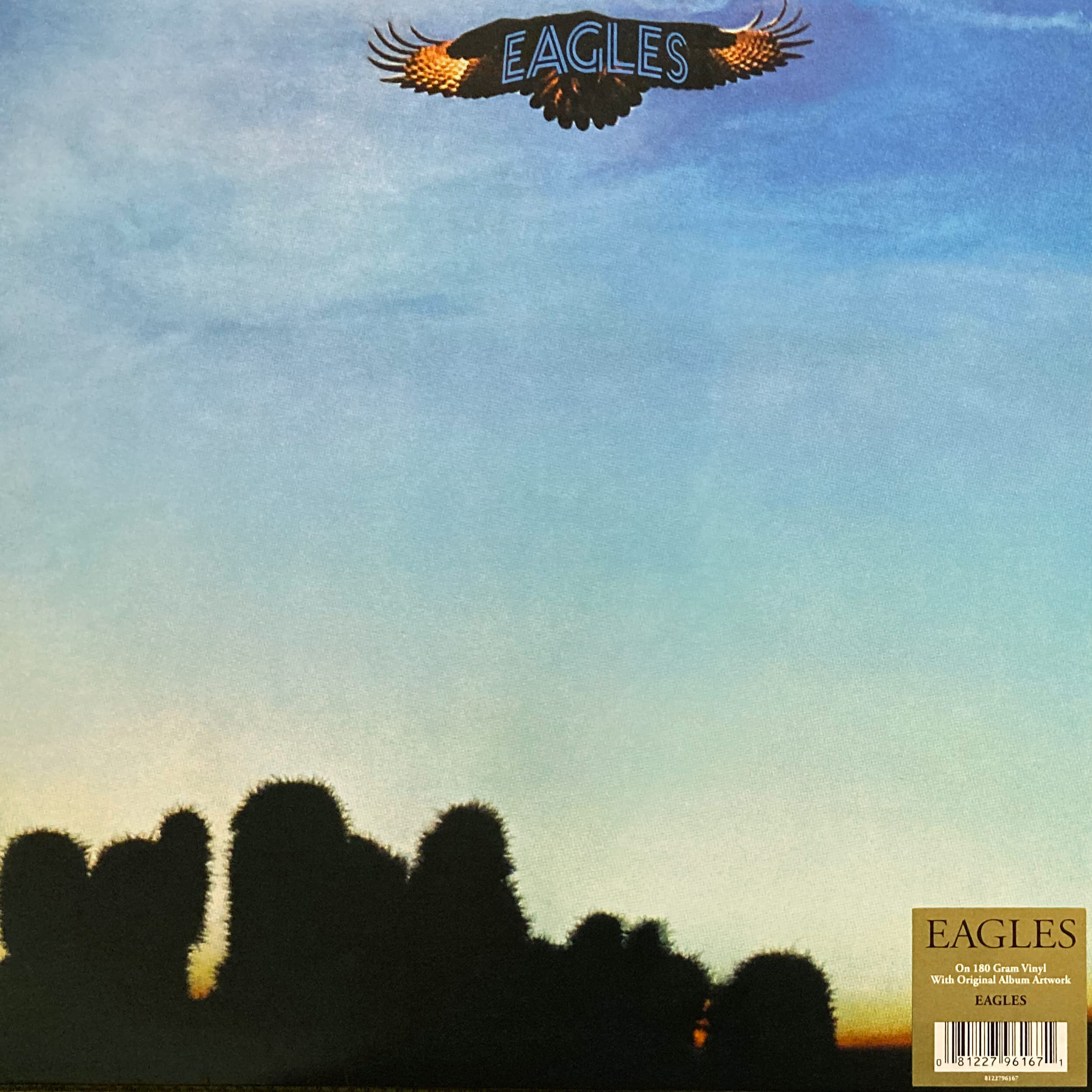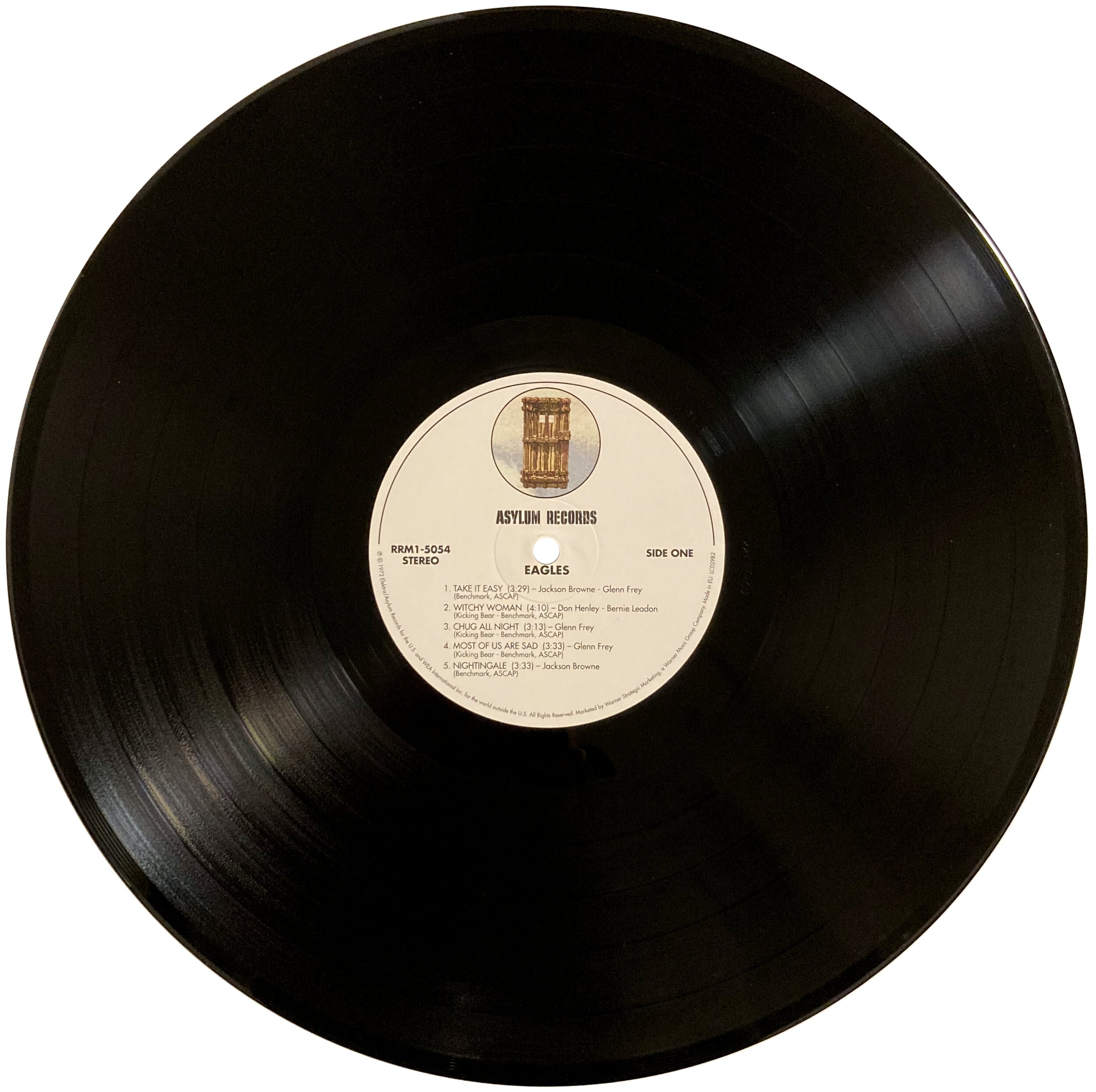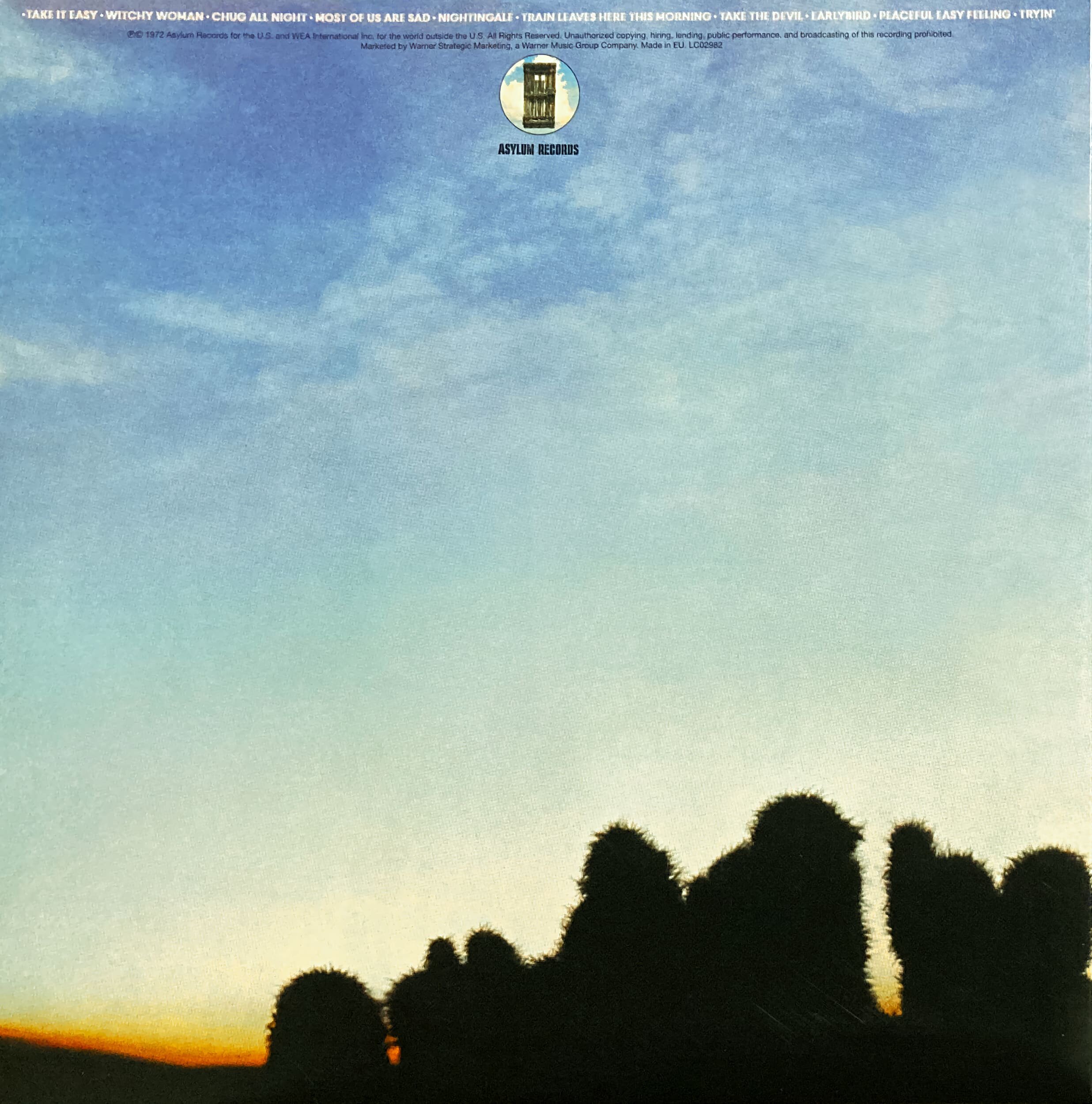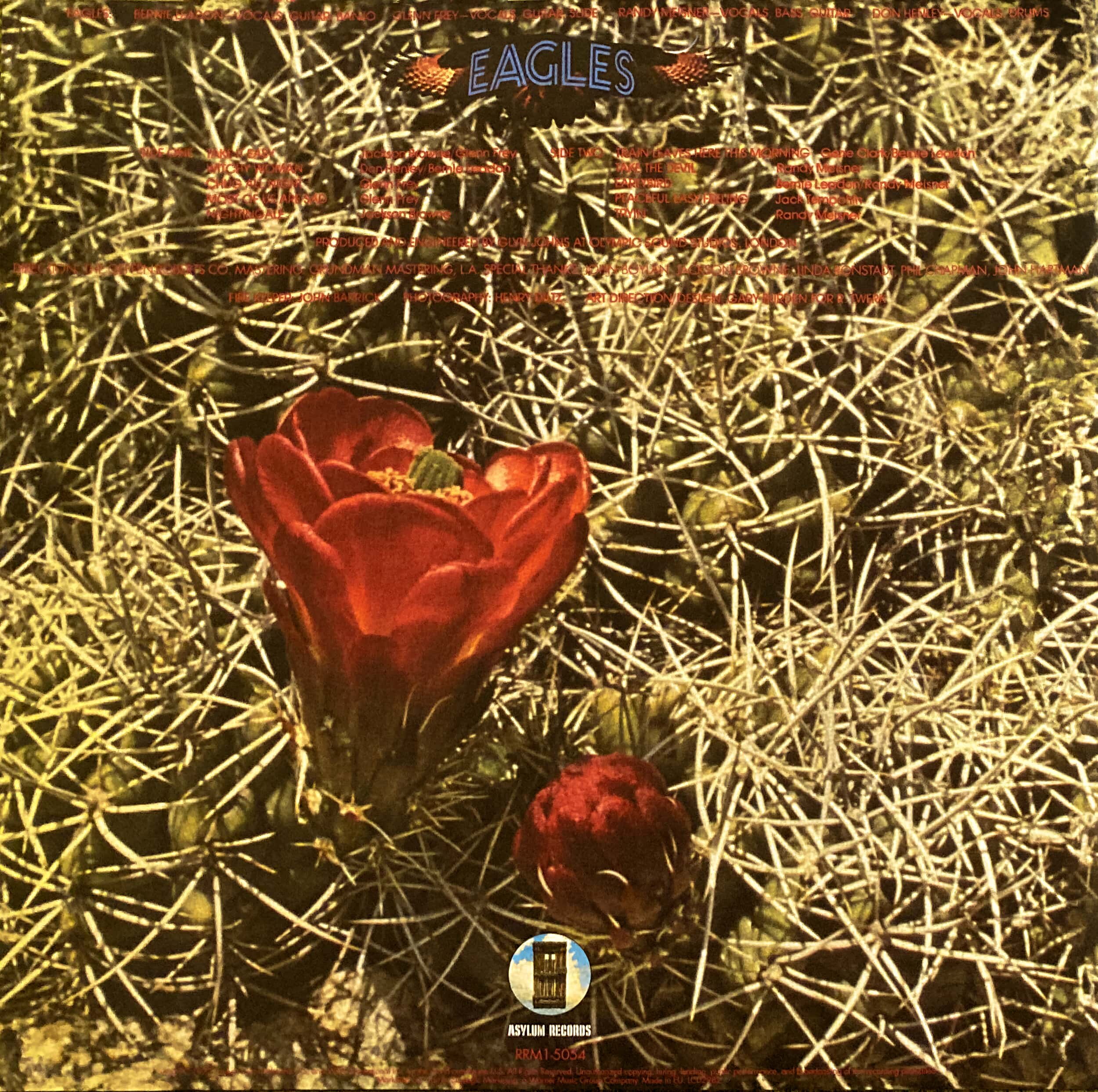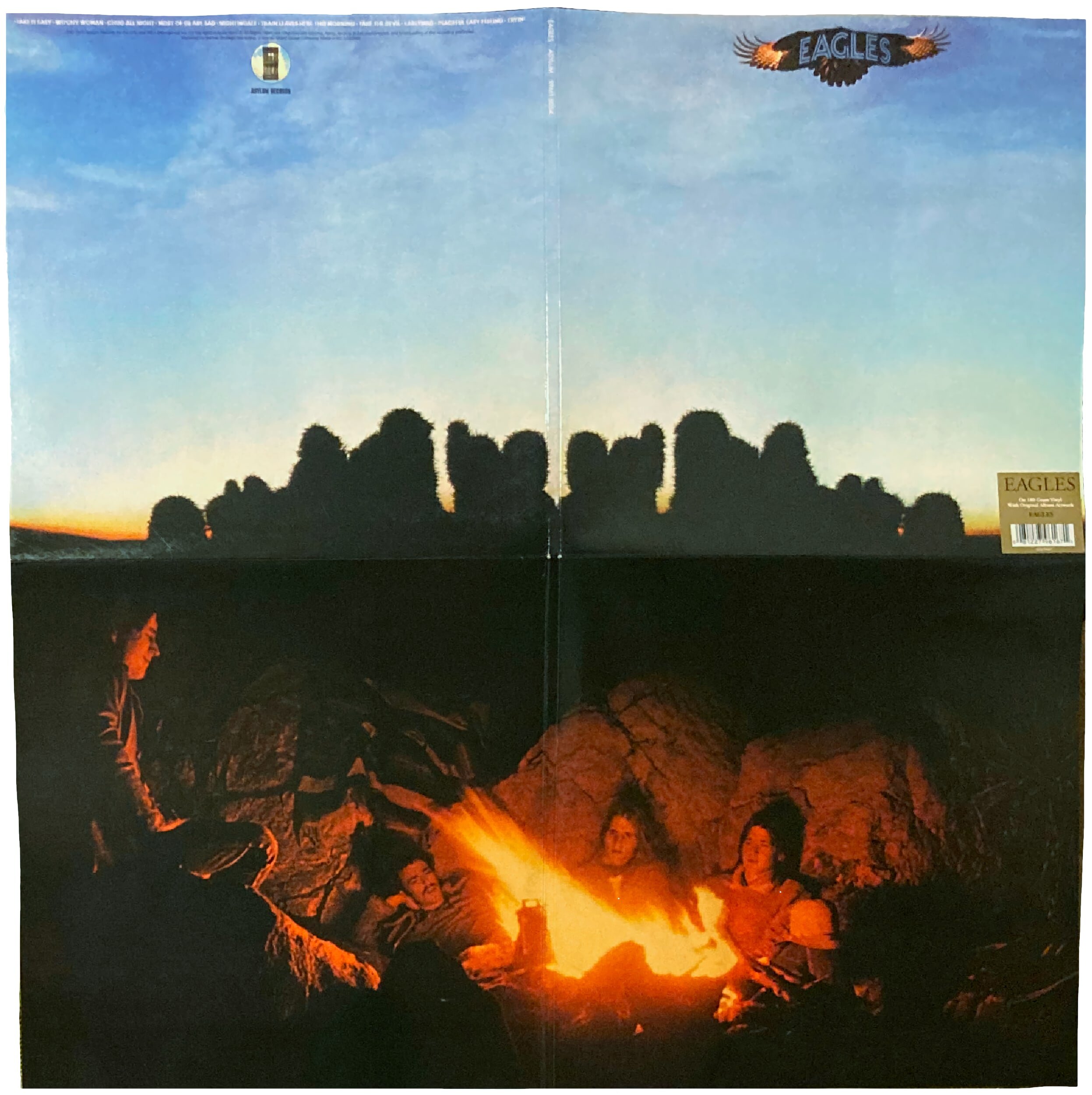Julian Lennon’s Photograph Smile, his fifth studio album, is one of the greatest pop/rock albums ever recorded and remains a timeless masterpiece. Yes, some would reflect on Lennon’s musical approach and suggest that it is too similar to his father’s musical style, but I honestly consider Julian Lennon to be completely independent of John Lennon and while there may be correlations I’d argue that Julian’s musical prowess on Photograph Smile is superior to his father’s and that is coming from someone who is in awe of John Lennon and his legacy.
Day After Day is a fantastic tune, but the abrupt opening has always irritated me, for you’re not necessarily expecting it. Nevertheless, it’s a great start to the album and is a lovely composition that will have you toe-tapping and head-bopping throughout. There’s also a little guitar element, around the 3-minute mark, that reminds me of Lynyrd Skynyrd’s Free Bird.
Cold has an incredible soundstage and the level of vocal and instrumental distortion is absolutely perfect. The tempo is well suited to the song and the included acoustic guitar is simply beautiful. Without a doubt, Cold is one of the best songs on the album!
I Should Have Known is one of the many songs on Photograph Smile that I know by heart and never tire of. The chorus compels me to sing along; an activity that I find myself doing throughout the entire album. While it suits the mood of the song, if there was one criticism to be made it would be that the muddiness in the lows can be a little distracting when listening via headphones.
How Many Times is a great song but if there was one tune that I’d skip when listening to the album, it would likely be this one. It’s arguably longer than it needs to be and doesn’t push the creative envelope far enough to stand out from most of the pop/rock songs from the era. That said, the meaning behind Lennon’s lyrics here is admirable and when listening from that perspective, one can have a different opinion.
I Don’t Wanna Know is a fun track and sometimes that is all you need.
Crucified is a little left of the centre when compared to the tracks that preceded it. It’s sonically bold, perhaps a little too bold, but if you can get past the stylistic shift, it isn’t a bad tune.
Walls is simply beautiful.
Believe is perfectly suited to closing your eyes and allowing your body to flow back and forth to the rhythm. It’s hypnotic and utterly addictive.
Good To Be Lonely is a lovely song.
Kiss Beyond The Catcher is a cool tune with arguably one of the most interesting song titles I’ve ever come across.
And She Cries is one of my favourite songs on Photograph Smile; a song that I could listen to on repeat for hours as Lennon’s vocals are absolutely perfect on this recording.
Photograph Smile is hauntingly beautiful as it’s musically stripped-down allowing Lennon’s incredible vocal to sit prominently in front of, and on top of, the music. This is what good music should sound like.
Faithful flows perfectly from Photograph Smile and is another beautiful song with a lovely connotation. Gemma Hayes’ backing/duet vocals here are also magnificent.
Way To Your Heart is a great closer, compelling me to listen to the album again, but the faux vinyl record surface noise only reminds me that Photograph Smile was never released on vinyl and while I have my fingers crossed for a one-off vinyl pressing, it’s likely wishful thinking on my part.
Photograph Smile may not have been wildly successful when it was released, but if commercial success was the ultimate indicator of quality music, then art as we know it has no future. Photograph Smile is truly a hidden gem and would be a welcome addition to any music lover’s collection as it is Lennon’s greatest musical achievement. Hence, if there’s only one Julian Lennon album that you add to your collection, make it this one.

![Skyhooks – Living In The 70’s (Remastered) [Album Review On CD & Apple Music]](https://images.squarespace-cdn.com/content/v1/565c1ab5e4b05079e4bfa169/1663055027861-3VM8PVPVK7WXS7GD4GPV/Skyhooks+Living+In+The+70s+Album+Cover.jpg)






